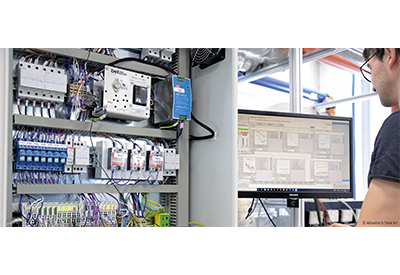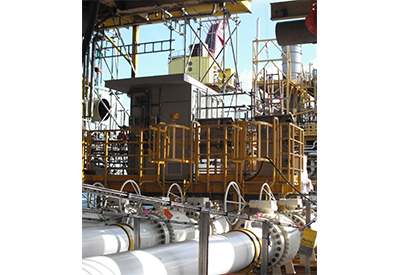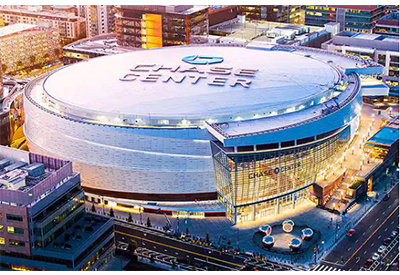Turning Manufacturing into a Competitive Advantage with Automation Technology

September 24, 2019
Increasing consumer demands, razor thin margins, and a rapidly changing landscape mean manufacturers are under more pressure than ever before. As competition increases, companies are searching for ways to become more agile, flexible, and efficient in order to not only survive, but thrive in the coming decade.
With this in mind, it’s easy to see how automation technology has reached a tipping point in the industry. While some companies have historically been slow to embrace technology, IDC found that global robotic spending alone is expected to triple by the end of 2021 to $215 billion.
But embracing automation doesn’t necessarily mean you need the latest in robotics. Today’s companies are finding creative ways to implement technology where it will have the most impact on their business. From automated conveyors and palletizers to advanced visions systems and Industrial Internet of Things (IIoT) sensors, automation can take many different forms depending on your needs.
The companies who best identify these opportunities will gain a considerable competitive advantage. In this article, we’ll discuss four ways automation technology is reshaping the manufacturing industry.
1) Improving Efficiency and Reducing Costs
While cost isn’t everything, the fact remains that reducing costs is a primary driver for companies considering automation technology. This reduction can be done in a variety of ways, such as optimizing labour costs by using robots to perform menial, repetitive, or difficult tasks. In fact, a recent McKinsey report found that 64 percent of total working hours were automatable with current technology, representing about $2.7 trillion dollars of labour costs.
Cost savings can also be found in other areas however, such as reducing waste and materials cost or removing bottlenecks to improve efficiency and throughput. It could also include replacing machines that frequently require repairs to reduce downtime and maintenance costs. With a full understanding of your true costs, you’ll be able to identify where technology can have the greatest impact.
2) Shifting from Reactive to Proactive Maintenance
Downtime and repairs are one of the biggest reasons for lost productivity, and an unexpected breakdown on one piece of equipment can have a domino effect that impacts the entire facility. One survey found that 82 percent of companies have experienced unplanned downtime over the past three years, costing as much as $260,000 an hour.
Instead of being reactive, manufacturers are beginning to shift toward a pre-emptive approach to maintenance. By using sensors and IIoT devices, workers can be alerted to minor issues, such as an unusual vibration or a decrease in speed, before they become a major problem. According to Accenture, this approach can reduce overall maintenance costs by up to 30 percent, while reducing breakdowns by up to 70 percent.
3) Improving Product Quality and Reducing Error Rates
Some tasks are difficult for human workers to do accurately and consistently, and this can have an impact on product quality and defect rates. For repetitive tasks or tasks which require extremely precise tolerances, automation technology can significantly improve speed and repeatability while reducing the chance of errors.
Similarly, technologies such as computer vision and automated reject systems can be used to improve quality testing and defect detection rates, critical for companies who require high accuracy. In fact, one McKinsey report found that automated quality testing improved defect detection rates by as much as 90 percent.
4) Increased Agility and Faster Time to Market
In today’s fast-moving environment, companies need to be agile and flexible to respond to changing trends. Many manufacturers are using data to more effectively predict customer demand and mitigate the risk of shortages. Others have made changes to their production process to reduce the need for changeovers or scheduled downtime to keep lines running more often.
Additionally, companies are using technology such as additive manufacturing, or 3D printing, to rapidly design and prototype products, components, and parts, allowing them to bring products to market more quickly. This also opens up opportunities for increased personalization. Deloitte showed that 36 percent of consumers would be interested in purchasing personalized products, demonstrating the potential revenue streams available to companies who can capitalize on this trend.
Gain a Competitive Advantage Through Automation
As we’ve shown, automation technology isn’t just about replacing workers with robots. With so many options available, it’s important to look for an automation specialist who can help you choose the right technology and identify where the biggest opportunities are for long term improvement.
Successfully introducing technology will position you to remain competitive for the future. As the manufacturing industry changes, the companies who take the lead and invest in the right equipment will be the ones who achieve the best results.
















